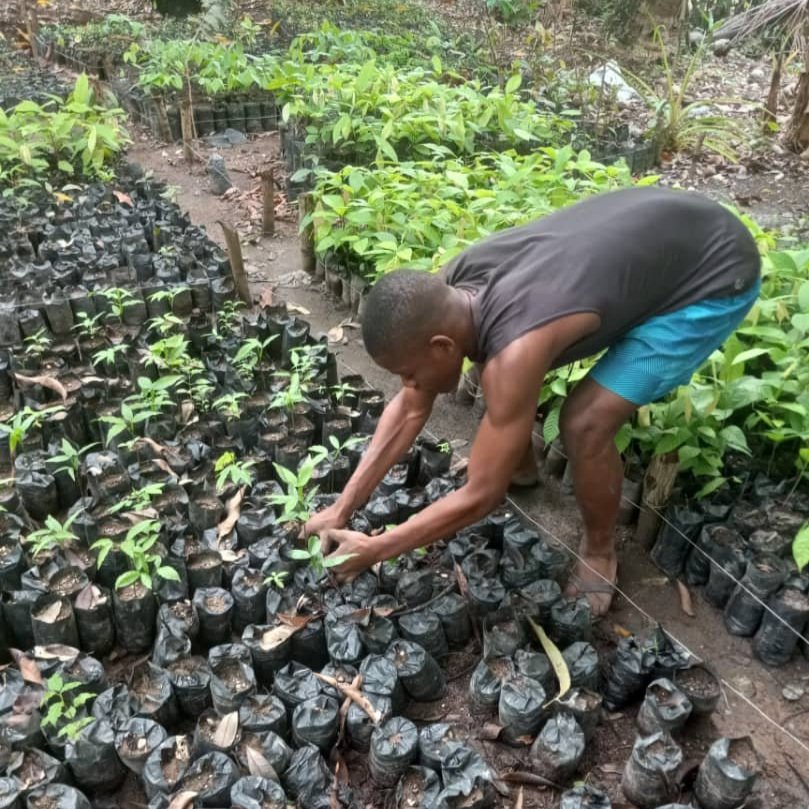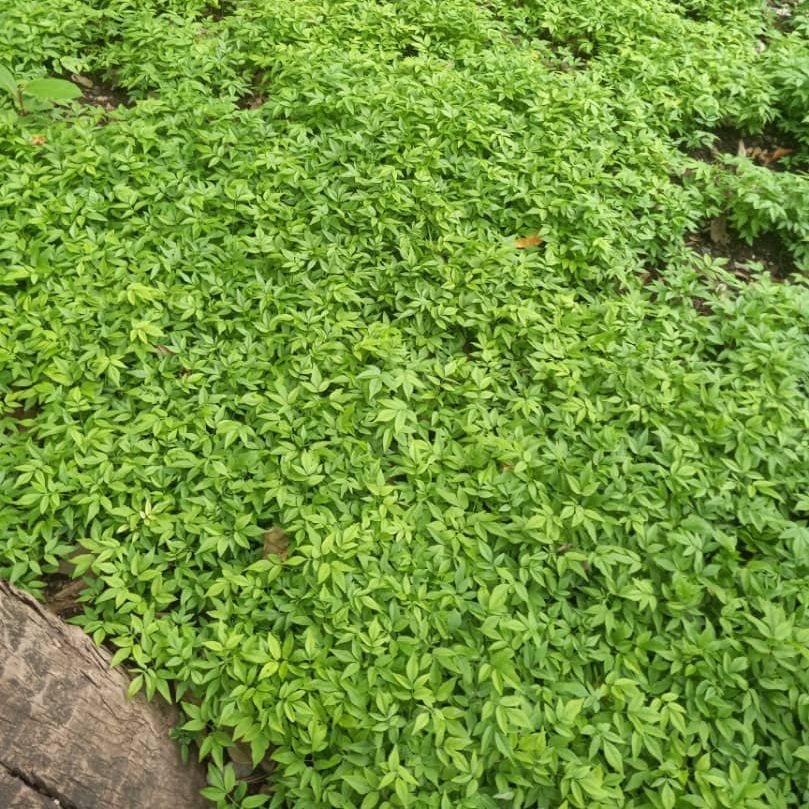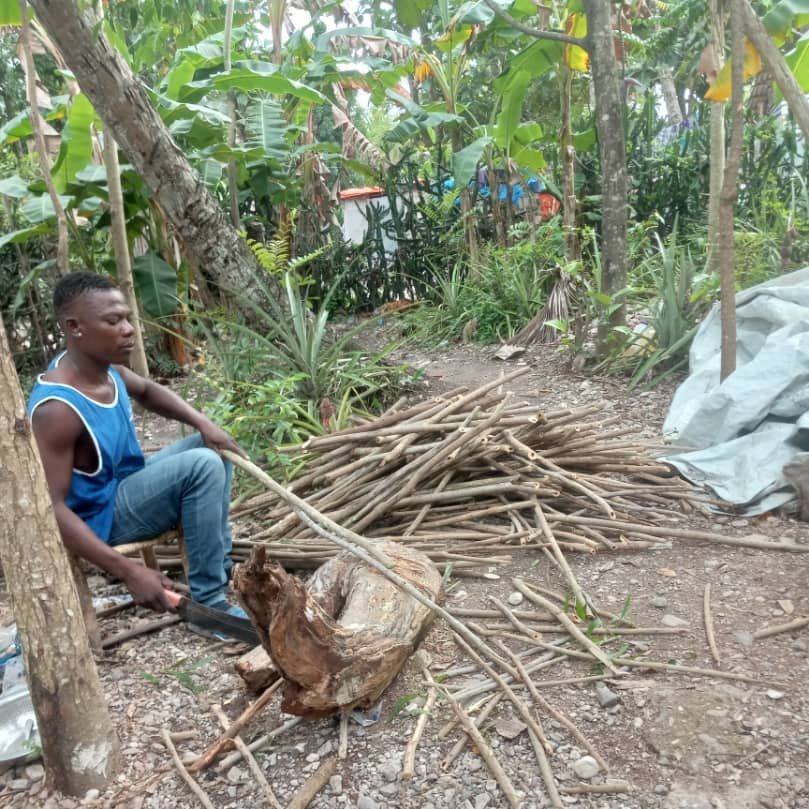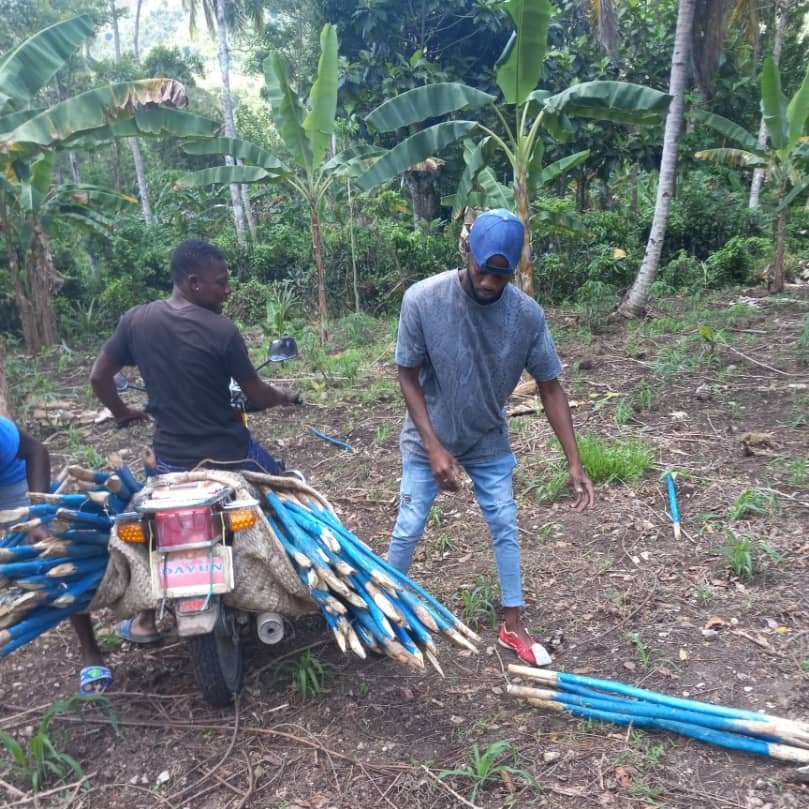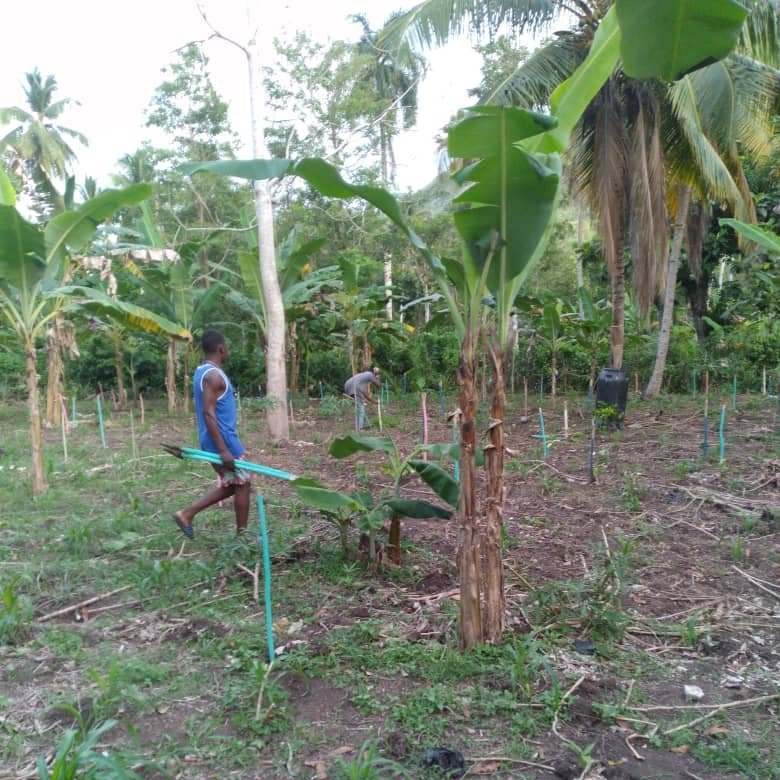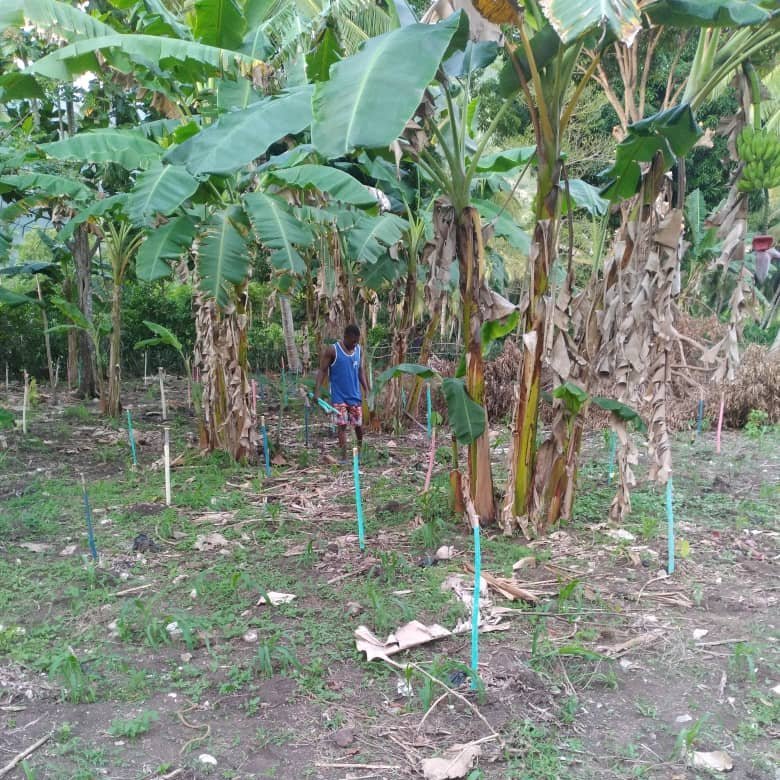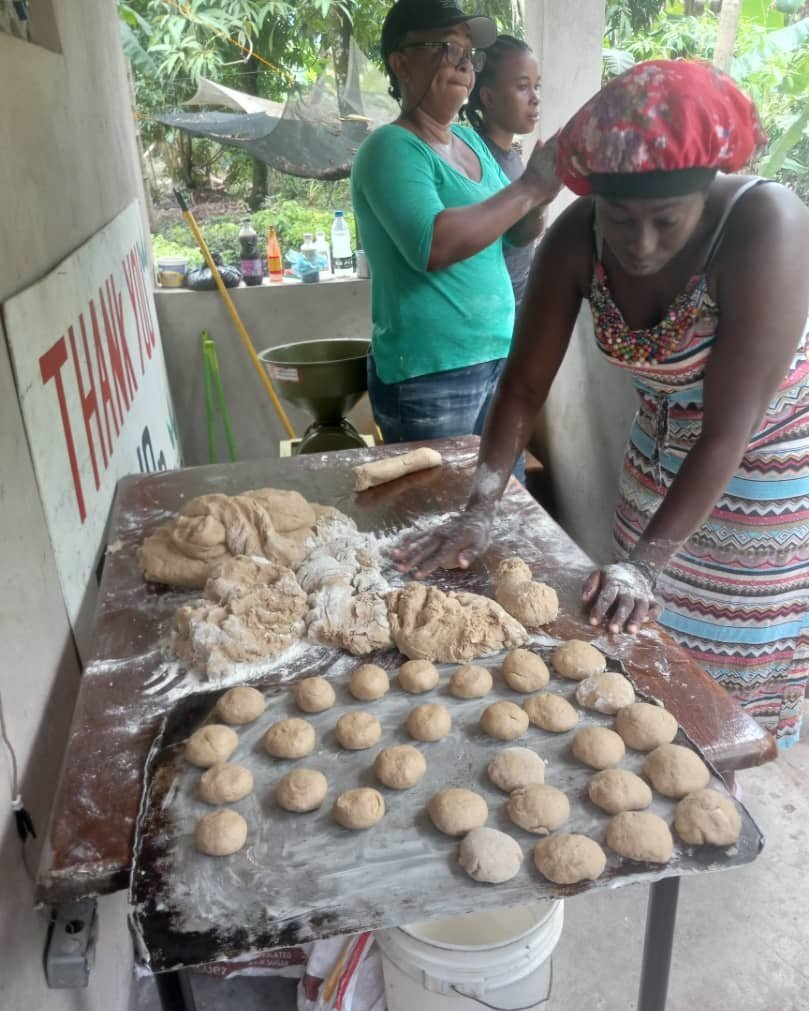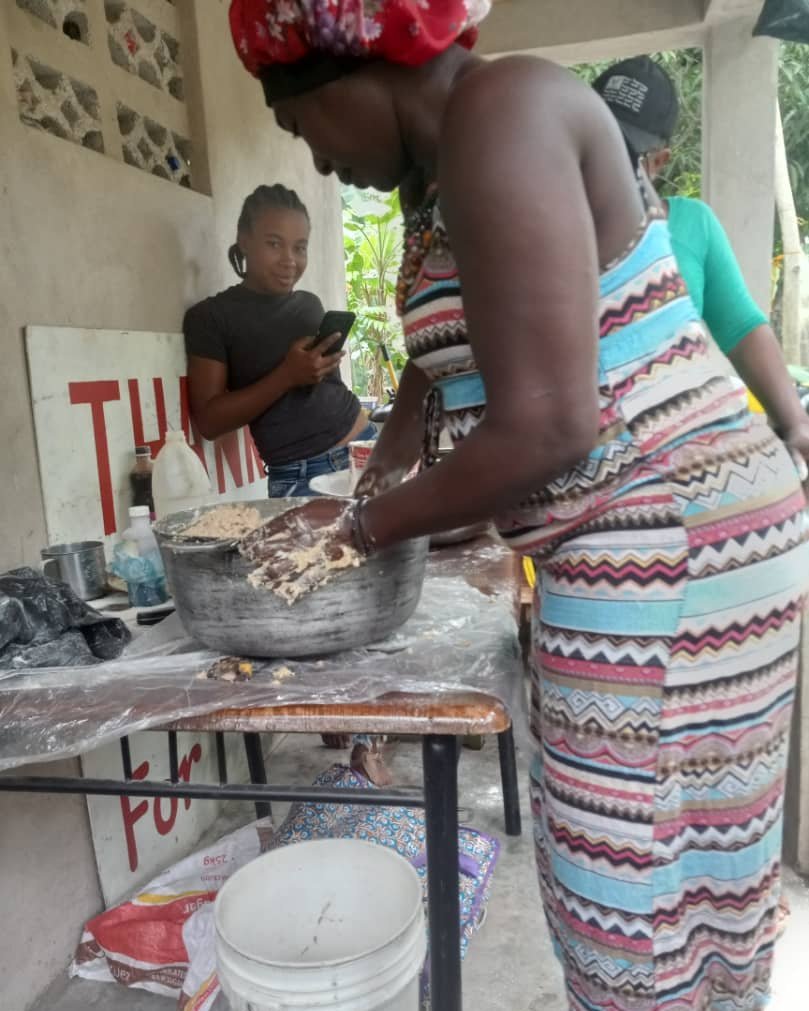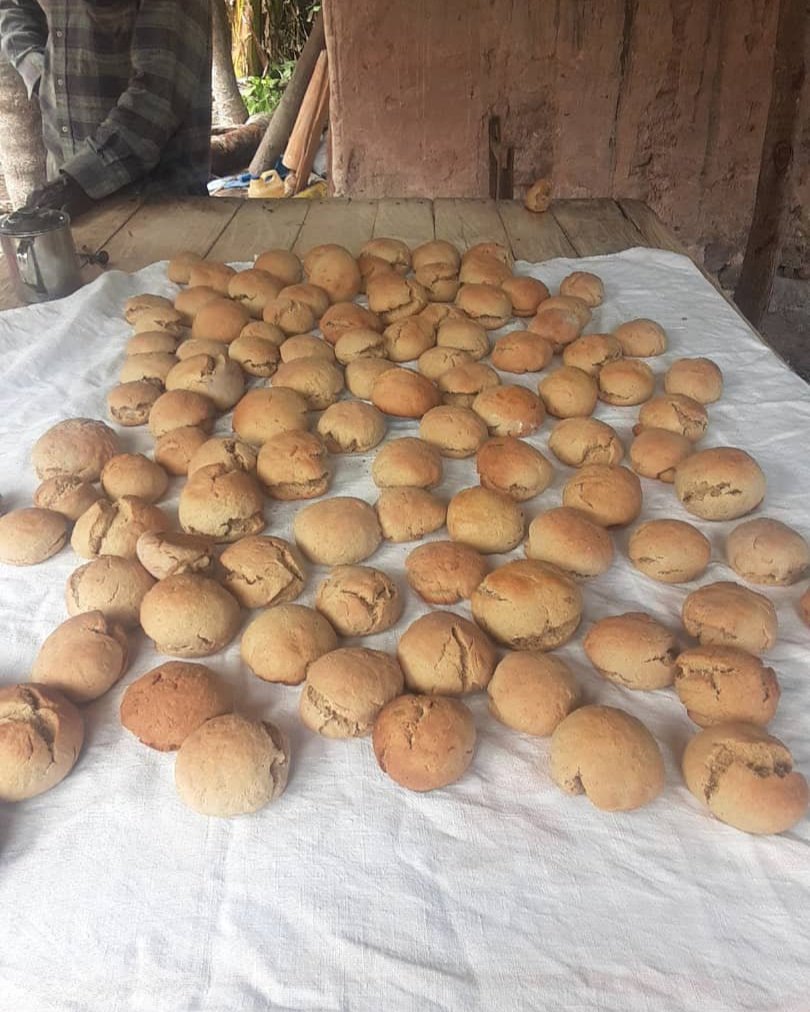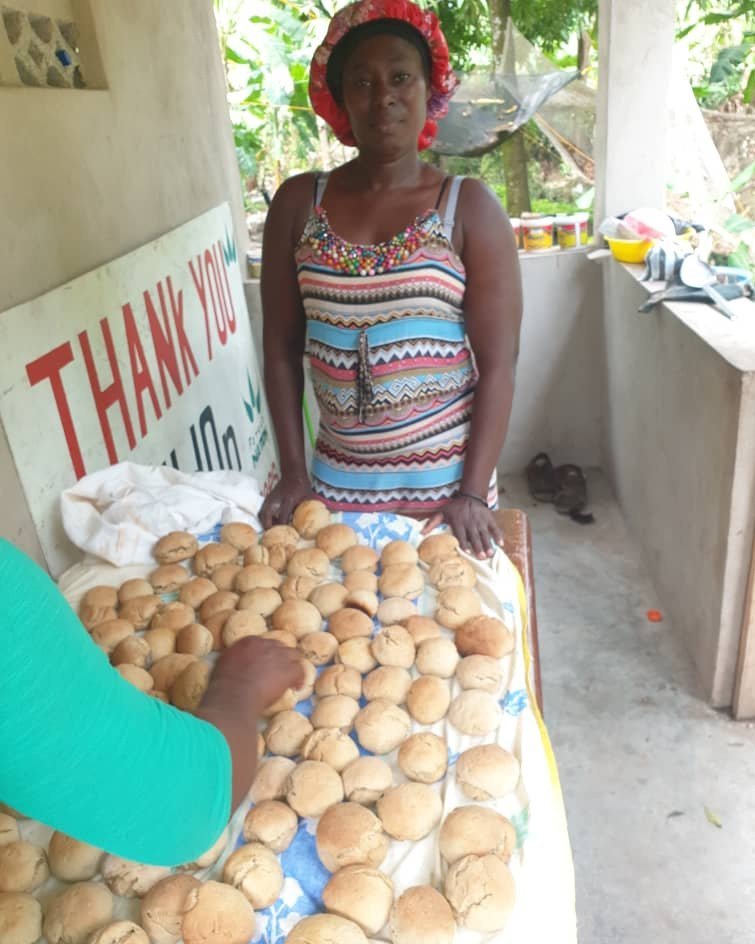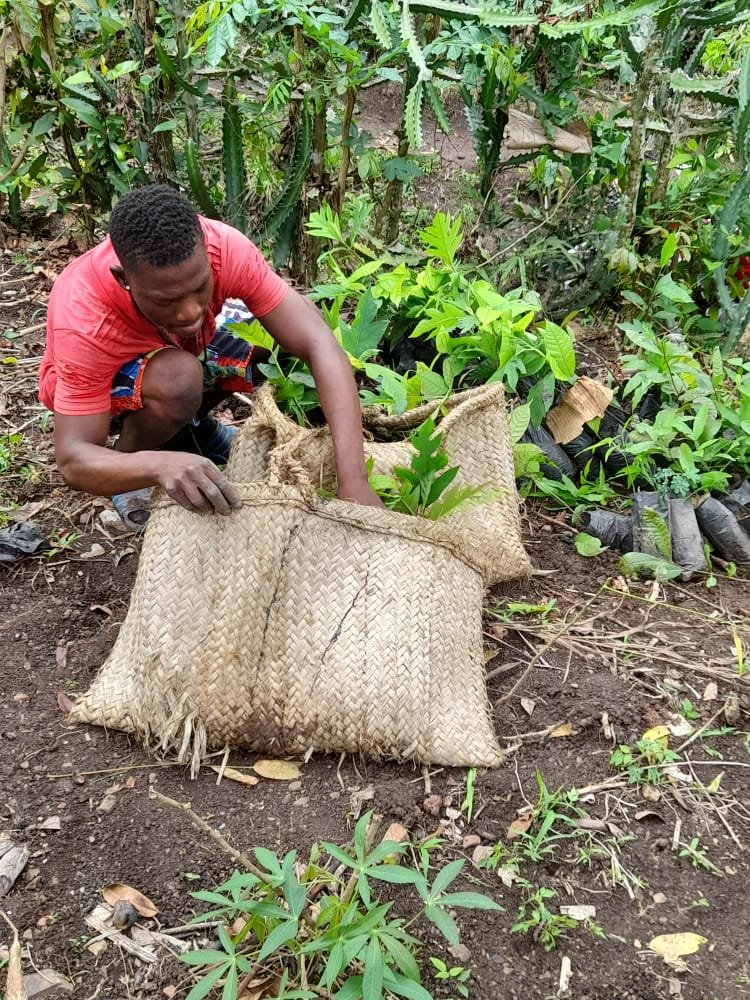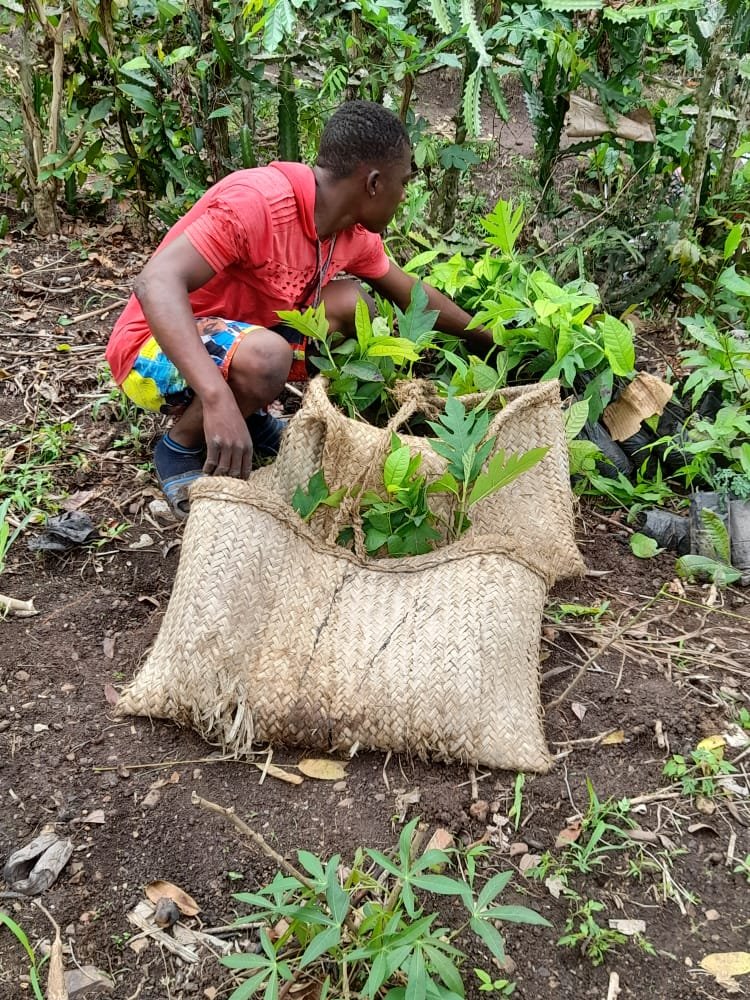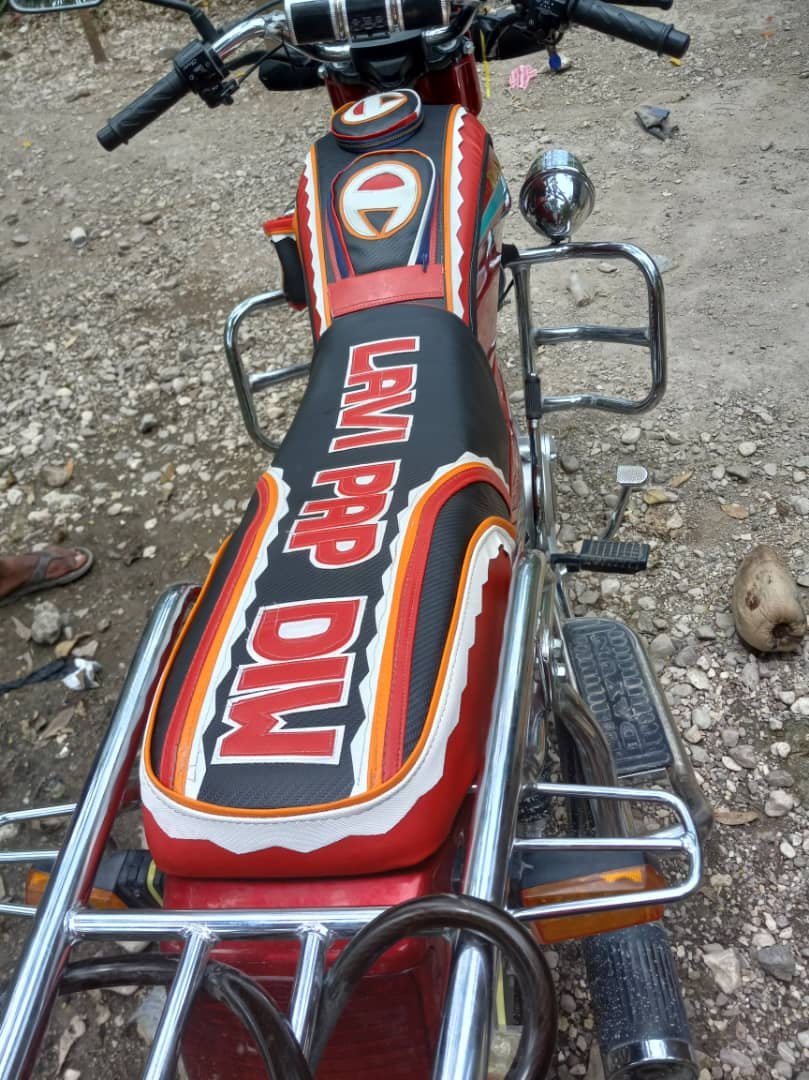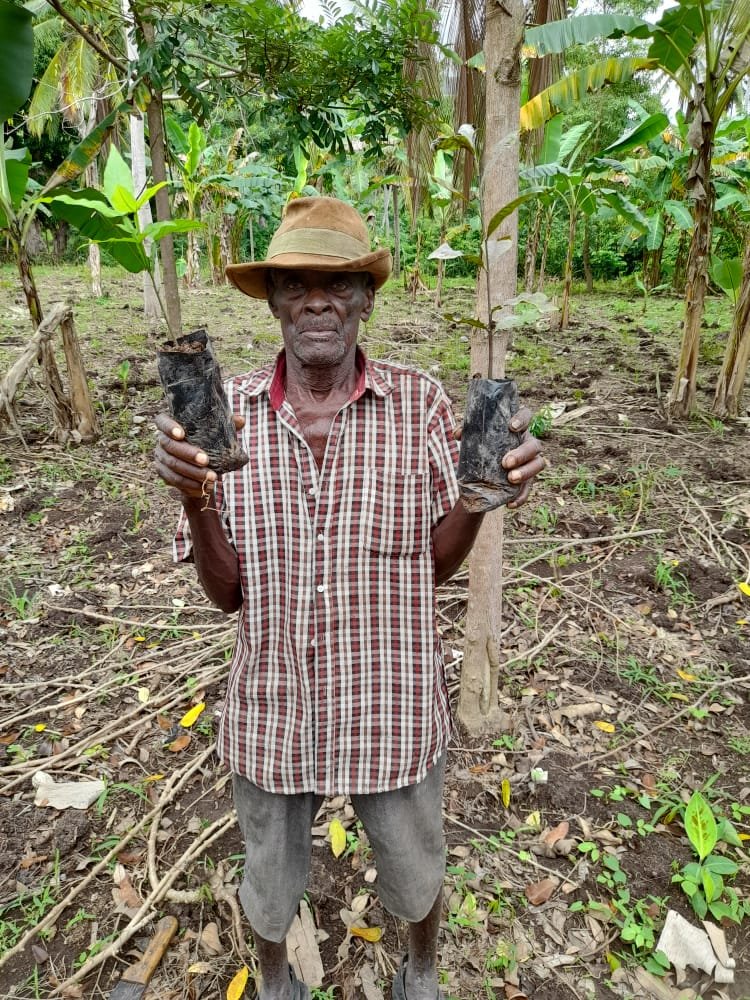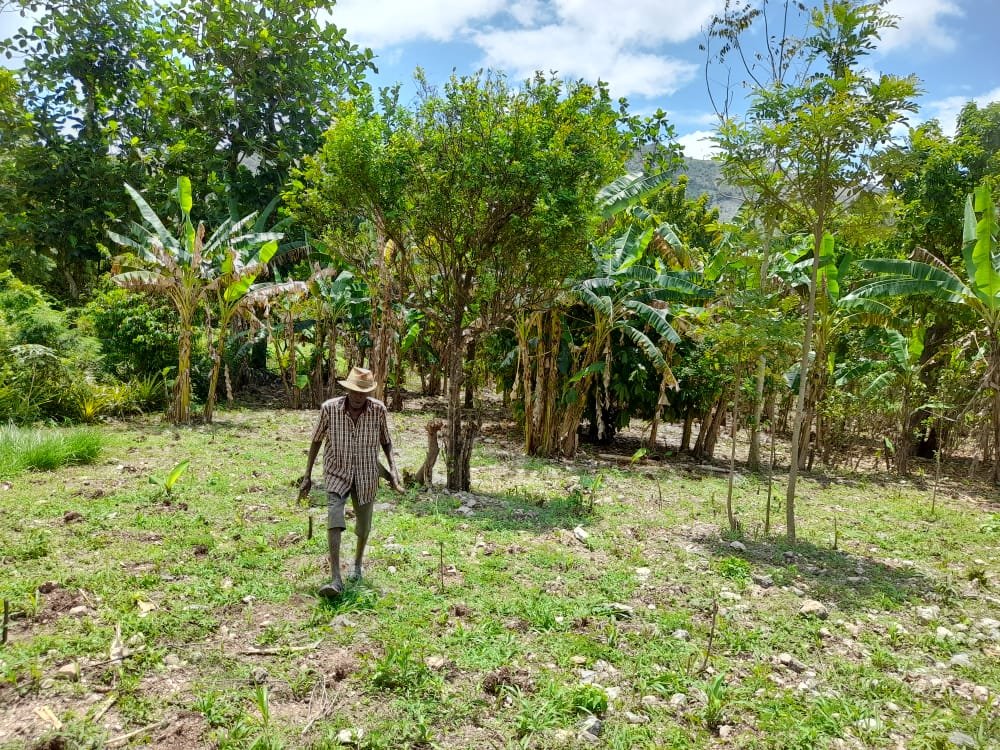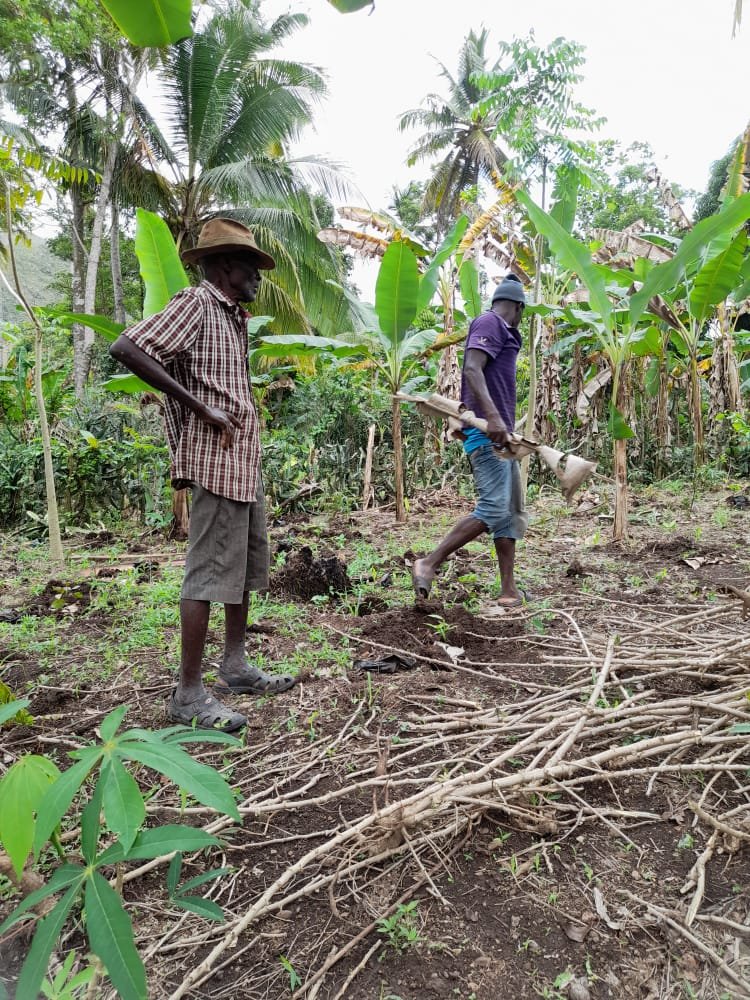How many trees are below?
Each indigenous "Sed" tree (Cedrela odorata) will need to be planted and cared for through the hot summer months to make it through the fall rainy season. Our team will have to regularly water the seedlings and mulch the soil to keep these seedlings alive.
Planting sed trees on mountainsides brings an extra challenge for workers who carry the water up to high altitudes. But the high altitudes are where trees are needed the most to stop erosion and mudslides while also filtering water to the water table and springs.
Adding 800 new seedlings to a mountainside costs $360 to water through the summer and allows farmers to maintain a 90% seedling survival rate. Without water, more than 80% will die.
Thanks to our monthly supporters, we'll most likely be able to water a third of these trees in the coming months. Caring for the other two-thirds will have to come from new monthly donors. So currently, we need an additional $240 in monthly donations to guarantee the survival of these trees. This could come from 12 donors giving $20 each or 24 donors giving $10 each.
Every additional dollar we that comes in monthly increases our survival rate. So on this Earth Day, please consider donating monthly to invest in the hard work Haitian farmers and landowners have started.
